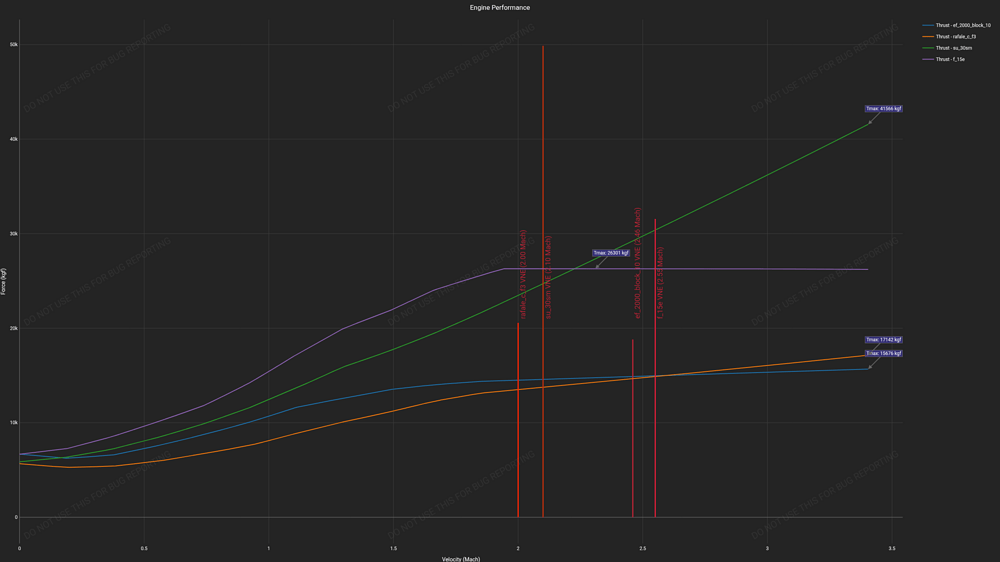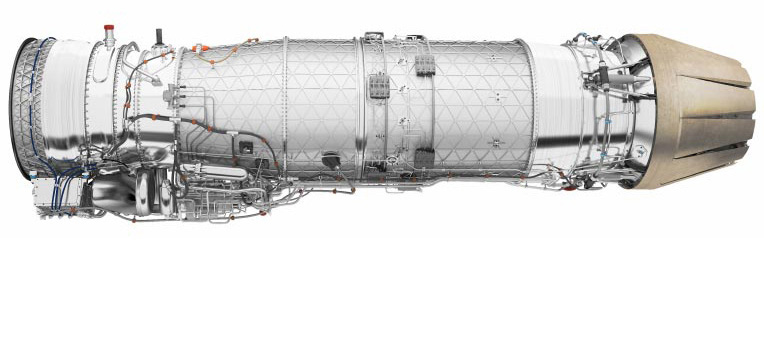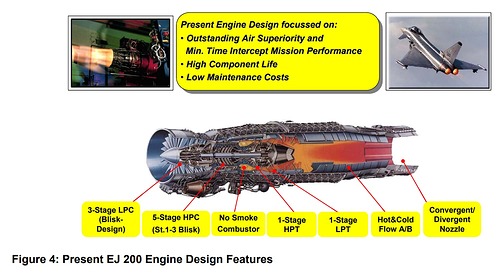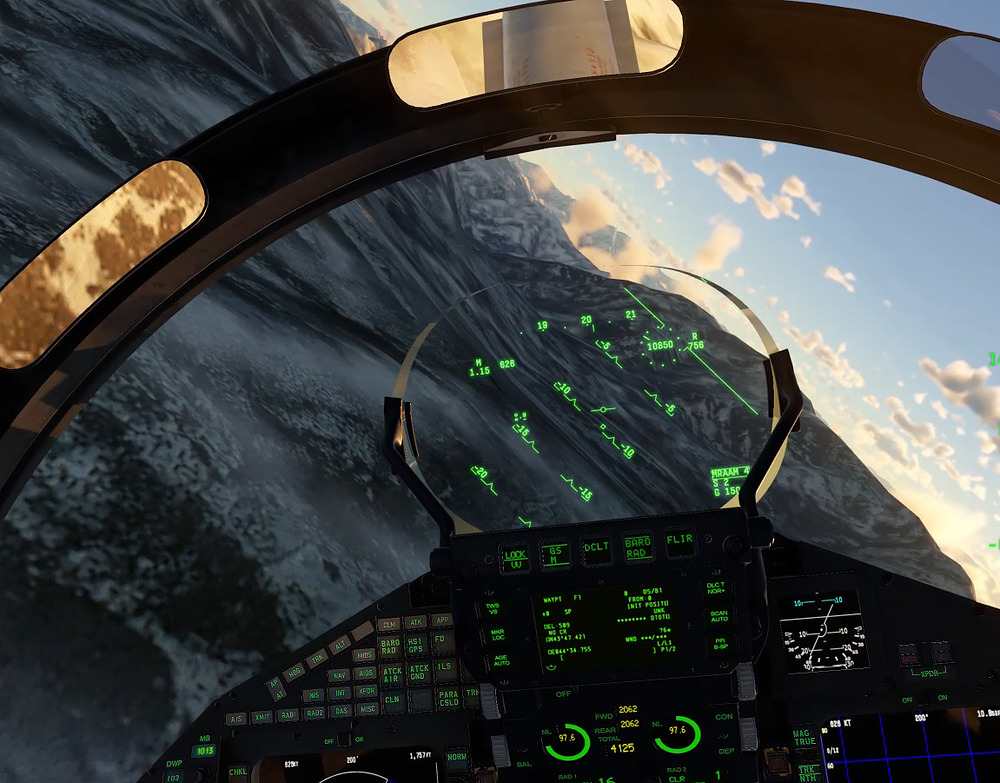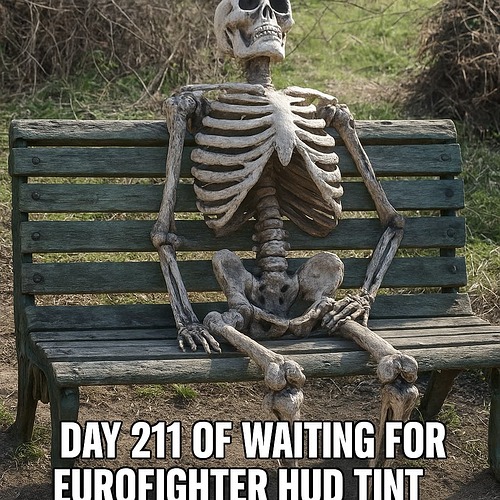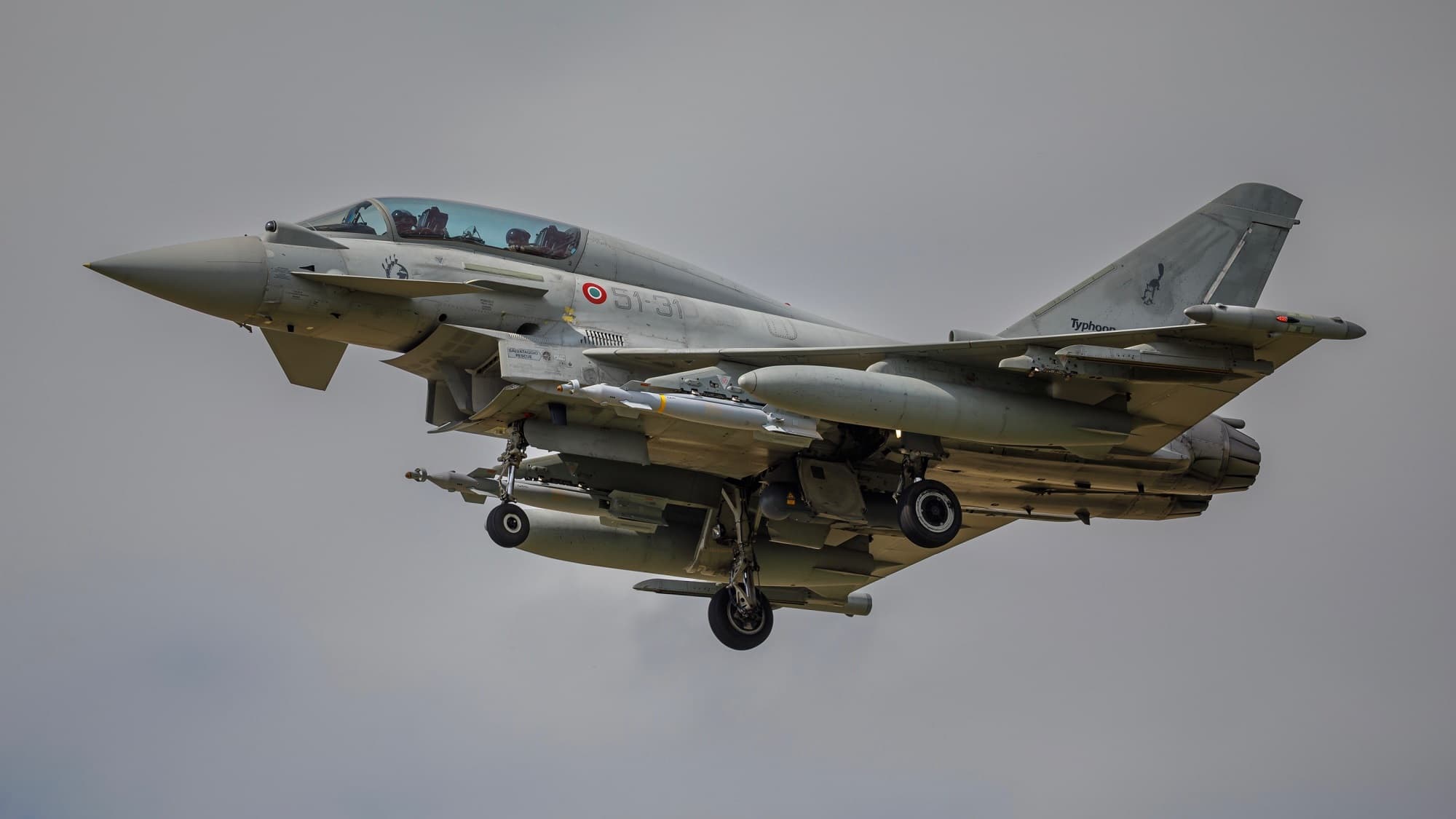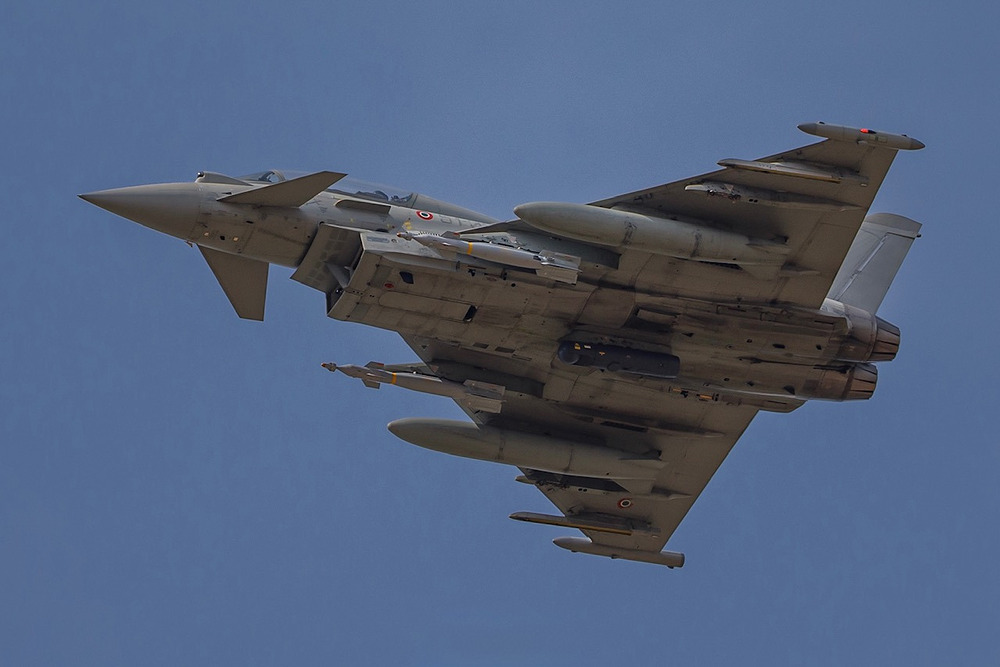So I tried to explain this to you before, but I’ll try to go through it again. The channel losses as present in-game are not 5.8%. The convergent-divergent nozzle design lowers the thrust of the final EJ200, meaning that the channel losses come out to be smaller than 5.8%. This is just due to its inherent design, you are still just assuming that the final aircraft accomplished every design goal, and in reality it did not. Again, the only proof that specific point performance requirements were met is the GAO, vague statements made in reference to the requirements at various points in its development are not conclusive of anything.
The steps you used for weight and thrust are correct, you just applied the wrong channel loss.
We need to factor in the convergent-divergent nozzle in to find actual channel loss.
The least generous penalty would be the 2.7kN as given in the EFA MOD PE, and the most generous would be 0.9kN as given by ITP.
*It is important to note that we do not know the actual value they eventually came to, engine manufacturers really like rounding.
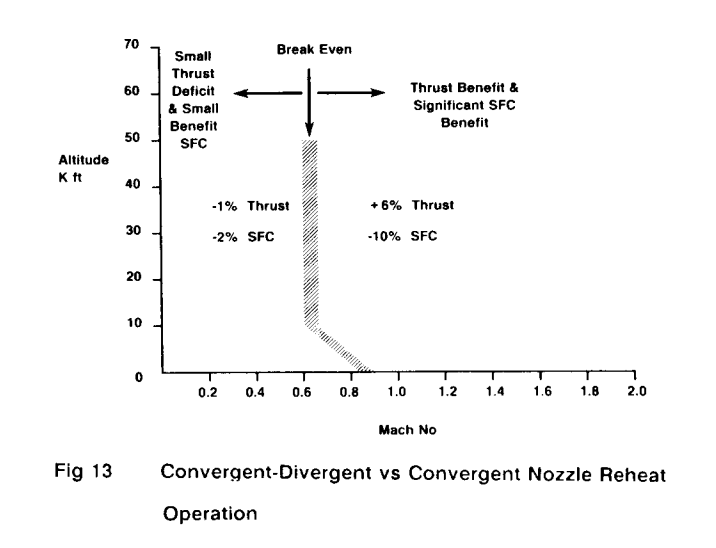
With a final thrust at 87.3kN/8902kgf CL would be 2.7%
With a final thrust at 89.1kN/9085kgf CL would be 4.8%
Spoiler
*worth also noting here that the 20,000lb used in every EJ200 brochure ever made is equiv to 9071kgf
Final installed MOD PE thrust:
Using the MOD PE value 8148kgf
Using the ITP value 7973kgf
107% THR is 16,002kgf, or 8001kgf, using 106% is simply too low for either estimate, and doesn’t give you a valid result for any measurement in-game. I’m not going to try to antagonize you back over it.
Using this power setting we get 138s of the predicted 144s for time to climb vid
As shown previously, 60s of 80.4s for 0.9M-1.6M @ 11000m
and 24s of 28s for 200kts-0.9M @ 6000m
And again, we need to lower the throttle to 103% (71kN) in order to match the STR, to put this into perspective it would be the equivalent of removing an entire He-162A @ 800kph of included drag, there comes a point where handwaving everything because a guy said there were “aerodynamic improvements” just doesn’t make sense.
This isn’t a 15kt max sep0 speed difference at 15,000m, its a clear trend across all speed ranges and altitudes. You would be hard pressed to find setpoints where it underperforms at all. As I said before you can’t reject the PE because it predicts aircraft performance that falls below the ESR-D, there is nothing to factually substantiate most of ESR-D even being used. As a kind of off topic example,
Spoiler
Requirements were “extremely demanding” in this case for example:

(little tangent but in a later revision they added a caveat for the afterburner itself being a visible signature which I find hilarious but back to the point)
Afterburner selection and deselection has a “visual signature” on the final aircraft
https://youtu.be/Jfk3BYOJON8?t=252
https://youtu.be/Jfk3BYOJON8?t=264
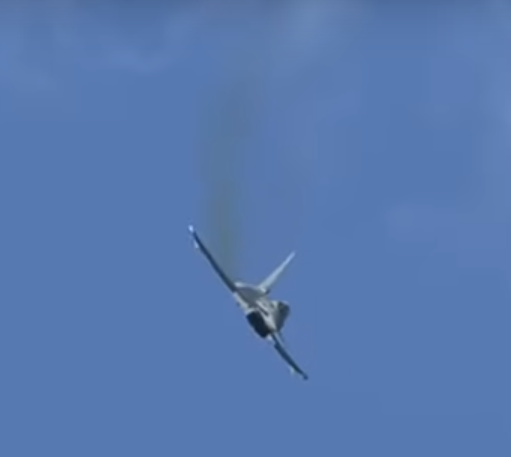

This is also included in the EJ200 brochure as you know, but you simply cannot assume that every requirement was met-especially when you see manufacturer claims that you can verify with your own eyes.
I hope this clears up some misconceptions, have a marvelous monday 😎
